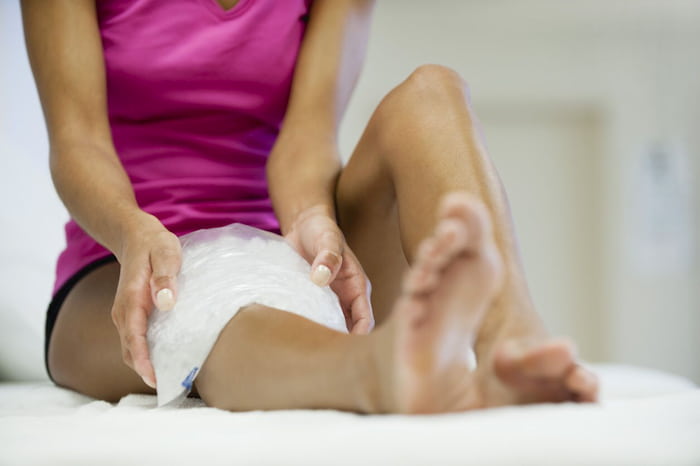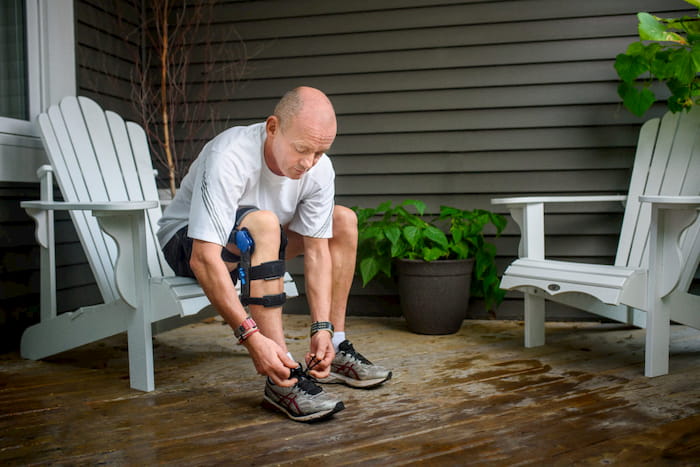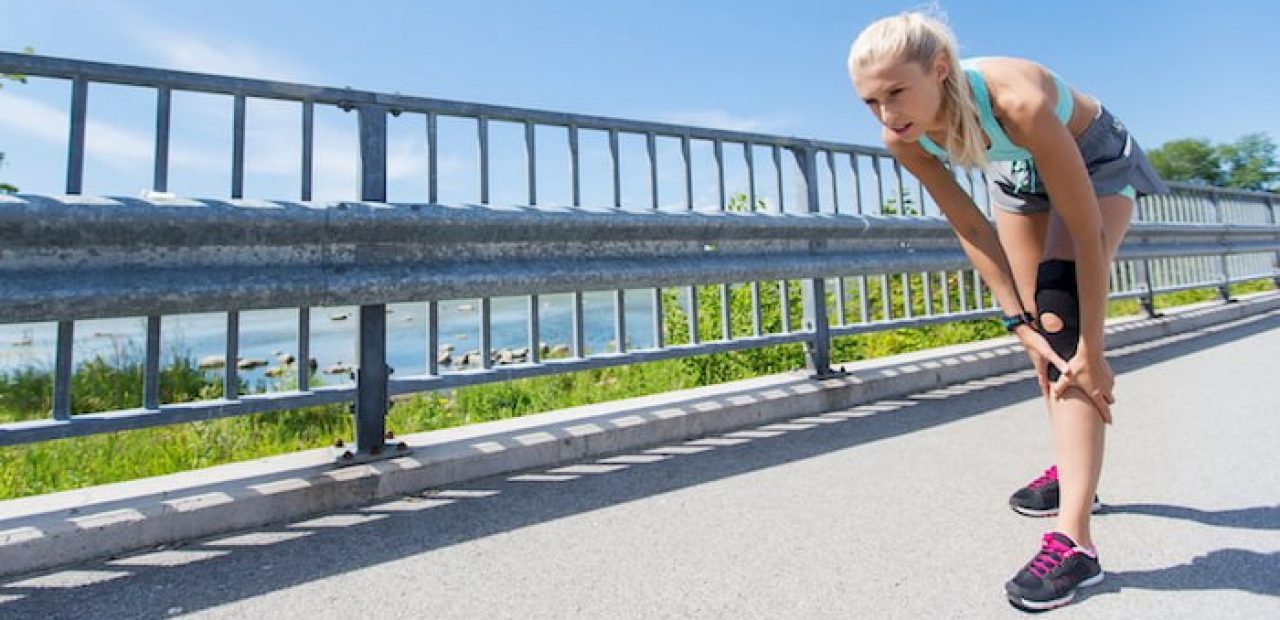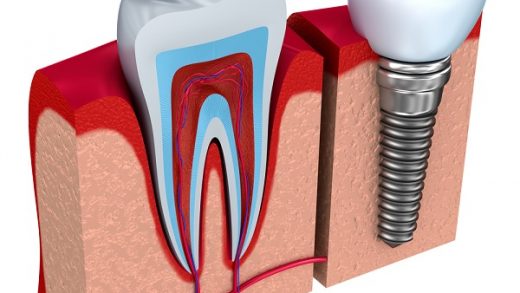Getting Back on Track After a Sports-Related Knee Injury
Unfortunately, knee injuries are an inevitable part of doing sports. In fact, they are one of the most common musculoskeletal injuries that occur to athletes across all age groups. When such an accident happens, it’s quite normal for one to feel negative emotions like sadness, anger and anxiety due to not being unable to play their favorite spot. Apart from posing a mental burden, knee-injuries can be pretty painful and although not always the case, sometimes reconstruction surgery is needed. Getting back on track is what any athlete would want as soon as possible, but an injured knee needs time to recover and heal. The following methods may help you alleviate your symptoms.

Contents
Icing the Knee
Swelling around the knee is a common reaction that may appear as a result of inflammation triggered by tissue trauma. Icing the injured knee helps to reduce the swelling that appears around it. It’s most effective if done right after the accident because the effect of icing reduces significantly 48 hours after the injury.
How to ice the knee injury? Perform an ice massage, by moving the ice frequently instead of letting it sit in one place. While icing keep the knee elevated above the heart using a rolled towel or a pillow under your ankle (never under your knee) to further reduce swelling.
How long to ice knee injury? Keep the ice on the area for about 15 to 20 minutes. Of course, this is just a general guideline. If done for longer it can only furthermore damage the tissue. You can repeat the process when the knee is warm enough to touch (usually 45 minutes between the two applications).
Compress Your Knee with Knee Support Brace
A knee support brace can ease the pain that you may experience after the injury or surgery. The way these are designed is to compress the lower knee and transfer the burden from your lower limb up to your upper thigh. This helps to relieve pain as the thigh is a bigger and stronger muscle. But apart from that, the knee support brace may even be advisable for use in sporting activities after the athlete has fully recovered. You can find these aids at many health shops, pharmacies, and ergonomic solutions suppliers.
There are many types of knee support aids. Full sleeves, for instance, provide support for all areas surrounding the knee and are ideal for people who suffer occasional knee problems. Open sleeve aids that have a hole help to reduce pressure on the kneecap which is useful for sufferers of pain at the front of the knee like chondromalacia patella. If your knee is swollen, wrap around knee aids that have adjustable straps for ease of fitting are ideal. In order to ensure that you’ve picked the right type of knee support, it’s always advisable to look up expert opinion.

Postpone any Physical Activity
Starting with physical activity after the injury without giving it a time to heal, can make the injury even worse. Sure it can feel frustrating seating on the bench not being able to play with your team or perform solo. But have in mind that thanks to the many advances in the therapeutic procedures, the time for recovery has been shortened and the likeliness for a successful recovery has risen. The best testimonies are famous celebrities like Michael Jordan, Tiger Woods and Maria Sharapova, who came back from serious injuries to continue competing at a world-class level, stronger than ever. Don’t focus on ‘should-haves’ and ‘if onlys’, but try to maintain a positive attitude and set new goals for yourself, leaving the old ones behind.
How to Prevent Knee Injuries
As an athlete, warming up before exercising is one way to avoid potential knee injury. By warming up and stretching the muscles in the front and the back of your thighs, you can decrease the tension on your tendons, which in turn can lower the pressure on the knees. You can try some exercises like chair dips, step exercises and wall squats that will help build up the muscles around the knees to reduce stress and prevent future injuries. Doing yoga and pilates are also great for strengthening the knees’ muscles.
As already mentioned, you can wear the knee brace during all activities that pose a risk as to prevent potential knee injuries. If you have already had a knee injury in the past, then it’s best to consult with a physical therapist, so that they can set a proper exercise regimen for you.

















